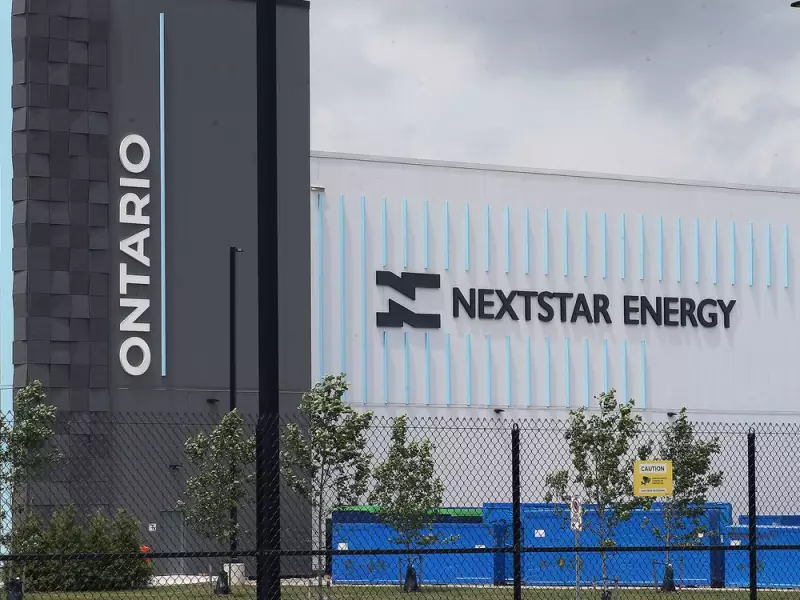
In a strategic response to shifting market dynamics, Windsor's landmark NextStar Energy battery plant is expanding its focus beyond electric vehicles to embrace the rapidly growing energy storage sector. This pivot comes as the electric vehicle market experiences an unexpected cooling period after years of explosive growth.
Navigating the EV Market Slowdown
The global electric vehicle industry, once racing at full speed, has recently downshifted. Major automakers are recalibrating their electrification timelines, and consumer demand has shown signs of softening. Rather than hitting the brakes, NextStar Energy is shifting lanes to capitalize on emerging opportunities in stationary energy storage.
"The fundamentals of electrification haven't changed," explains industry analyst Mark Stewart. "While EV adoption rates may be moderating temporarily, the demand for battery technology continues to accelerate in other sectors, particularly grid-scale energy storage."
The Energy Storage Revolution
Energy storage represents one of the fastest-growing segments in the clean energy transition. As renewable energy sources like solar and wind become increasingly prevalent, the need for reliable storage solutions becomes critical. Lithium-ion batteries, the same technology powering electric vehicles, are perfectly positioned to meet this demand.
- Grid stabilization during peak demand periods
- Backup power for critical infrastructure
- Enabling higher penetration of renewable energy
- Reducing reliance on fossil fuel peaker plants
Windsor's Strategic Advantage
The Windsor facility, a joint venture between Stellantis and LG Energy Solution, represents one of Canada's largest investments in battery technology. With state-of-the-art manufacturing capabilities already in place, the plant possesses the infrastructure and expertise to seamlessly transition into energy storage production.
This strategic diversification strengthens Ontario's position in the global green economy while providing job security for the region's workforce. The same skilled technicians and advanced equipment that produce EV batteries can be adapted to create storage solutions for homes, businesses, and utility-scale applications.
Looking Beyond the Current Dip
Industry experts view this pivot as a savvy business move rather than an abandonment of the electric vehicle market. The long-term outlook for electric transportation remains strong, but the energy storage market offers immediate growth potential.
"This isn't an either-or proposition," notes clean technology consultant Sarah Chen. "NextStar is positioning itself to thrive across multiple segments of the battery market. The Windsor plant could become a hub for both mobility and stationary storage solutions, making it more resilient to market fluctuations."
As the world continues its transition toward cleaner energy systems, facilities like Windsor's NextStar plant are evolving to meet diverse needs. This adaptive approach demonstrates how Canadian manufacturing can remain competitive while contributing to global sustainability goals.





